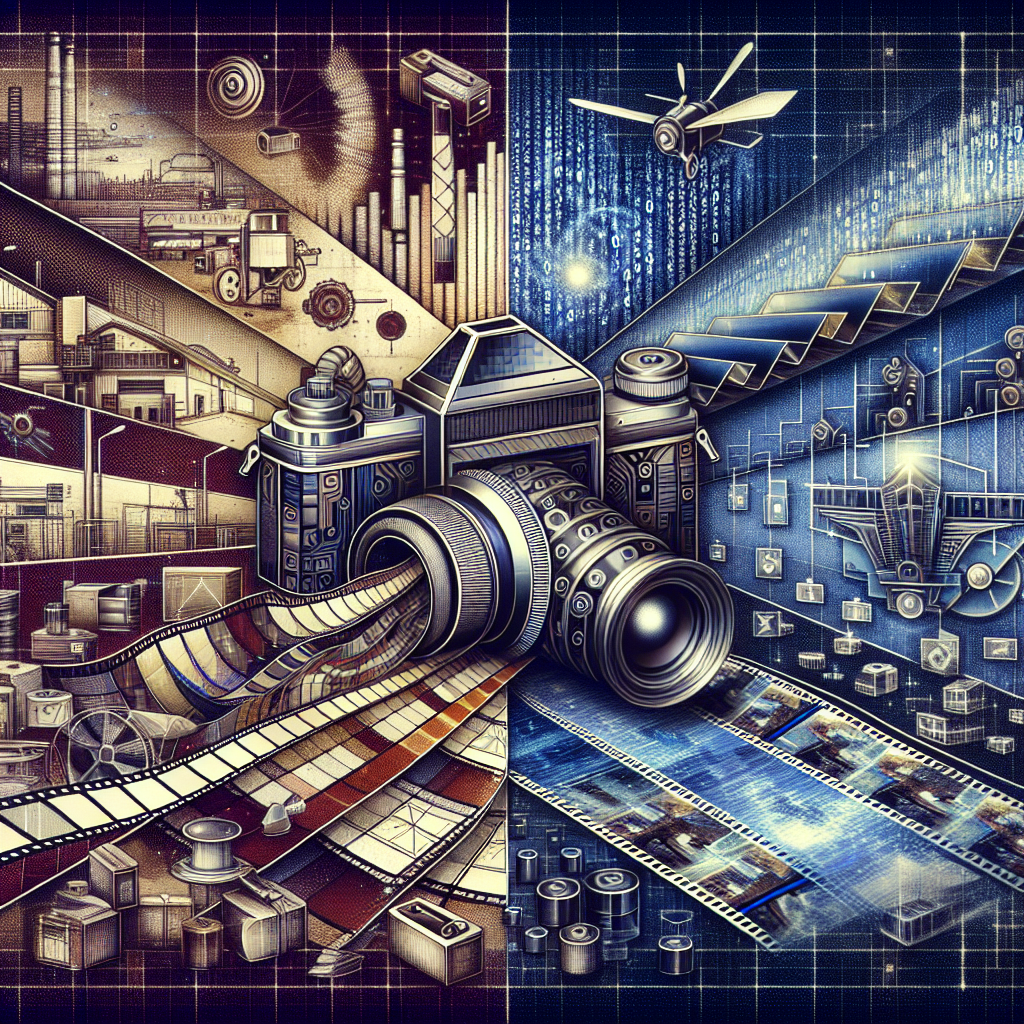The world of photography has undergone remarkable changes since it first began. From the cumbersome cameras of the 19th century to today’s modern devices, each advancement has expanded the limits of creativity and technology. Now, a new catalyst is emerging—Artificial Intelligence (AI). AI cameras are transforming photography, making it simpler and more accessible for both hobbyists and professionals.
What Are AI Cameras?
AI cameras leverage cutting-edge algorithms and machine learning to enhance the photography experience. They analyze images in real-time, enabling users to capture shots that were formerly challenging or unfeasible. With features like facial recognition and automated scene detection, AI technology is changing the way we take and process photographs.
Key Features of AI Cameras
-
Automatic Scene Detection: AI cameras can recognize different scenes—landscapes, portraits, night shots—and automatically adjust settings to optimize image quality. This ensures that even beginner photographers can achieve professional results.
-
Enhanced Low-Light Performance: Low-light photography has often been difficult. AI algorithms can enhance image quality in dim environments by intelligently selecting exposure and ISO settings, minimizing noise while preserving detail.
-
Smart Portrait Modes: AI allows cameras to assess facial features and backgrounds, producing stunning portraits. Features like bokeh effects can be created while keeping the subject in focus, adding depth and richness to the image.
-
Real-Time Editing: AI-powered applications can automatically correct images, adjust colors, and even recommend edits based on user preferences, streamlining the post-processing workflow.
- Image Recognition and Tagging: AI cameras can identify people, objects, and scenes in photos, enabling easy tagging and organization within photo libraries. This simplifies the retrieval and sharing of images.
Benefits for Photographers
Accessibility
The user-friendly interfaces and automatic settings of AI cameras make them more accessible to aspiring photographers. Newcomers can create high-quality images without extensive technical knowledge, empowering them to explore their artistic potential.
Time Efficiency
AI technology streamlines the different stages of photography—from shooting to editing. This convenience allows photographers to concentrate on the creative elements of their craft rather than getting caught up in technical details.
Enhanced Creativity
AI cameras can inspire photographers by enabling them to experiment with various styles and techniques they might not have considered otherwise. The automatic features can serve as a practical learning tool, helping users grasp the fundamental principles of photography.
Industry Impact
The emergence of AI cameras is transforming the photography industry as a whole:
-
Professional Use: Many professionals are adopting AI in their workflows to boost efficiency. Photographers can now dedicate less time to editing and more time to capturing stunning images that meet their clients’ needs.
-
Social Media Influence: With the popularity of platforms like Instagram and TikTok, there’s a growing demand for visually engaging content. AI cameras equip users to create captivating images that attract attention and enhance engagement.
- Smartphone Evolution: As smartphone cameras evolve to include AI features, traditional cameras are also adapting. Companies are merging the convenience of smartphones with advanced camera functionalities, expanding the market for photography enthusiasts.
Challenges and Critiques
Despite their numerous benefits, AI cameras come with limitations. Critics argue that over-reliance on AI may weaken fundamental photography skills. There are also concerns that the standardization of photography styles could lead to less unique images.
The Future of AI in Photography
The future of AI in photography appears bright. As technology advances, we can anticipate even more sophisticated features, such as augmented reality (AR) integrations and improved video capabilities. The potential for AI to revolutionize this art form is vast, reshaping not only how we take photographs but also how we connect and communicate through images.
Conclusion
AI cameras are not simply a fleeting trend; they signify a crucial shift in the photography landscape. By enhancing accessibility, efficiency, and creativity, these cameras are democratizing the art of photography. As we welcome this technology, our challenge will be to balance its advantages with the cultivation of the artistry that makes photography a deeply human pursuit. In doing so, we can look forward to a future where creativity and technology harmoniously reshape the world of photography.

